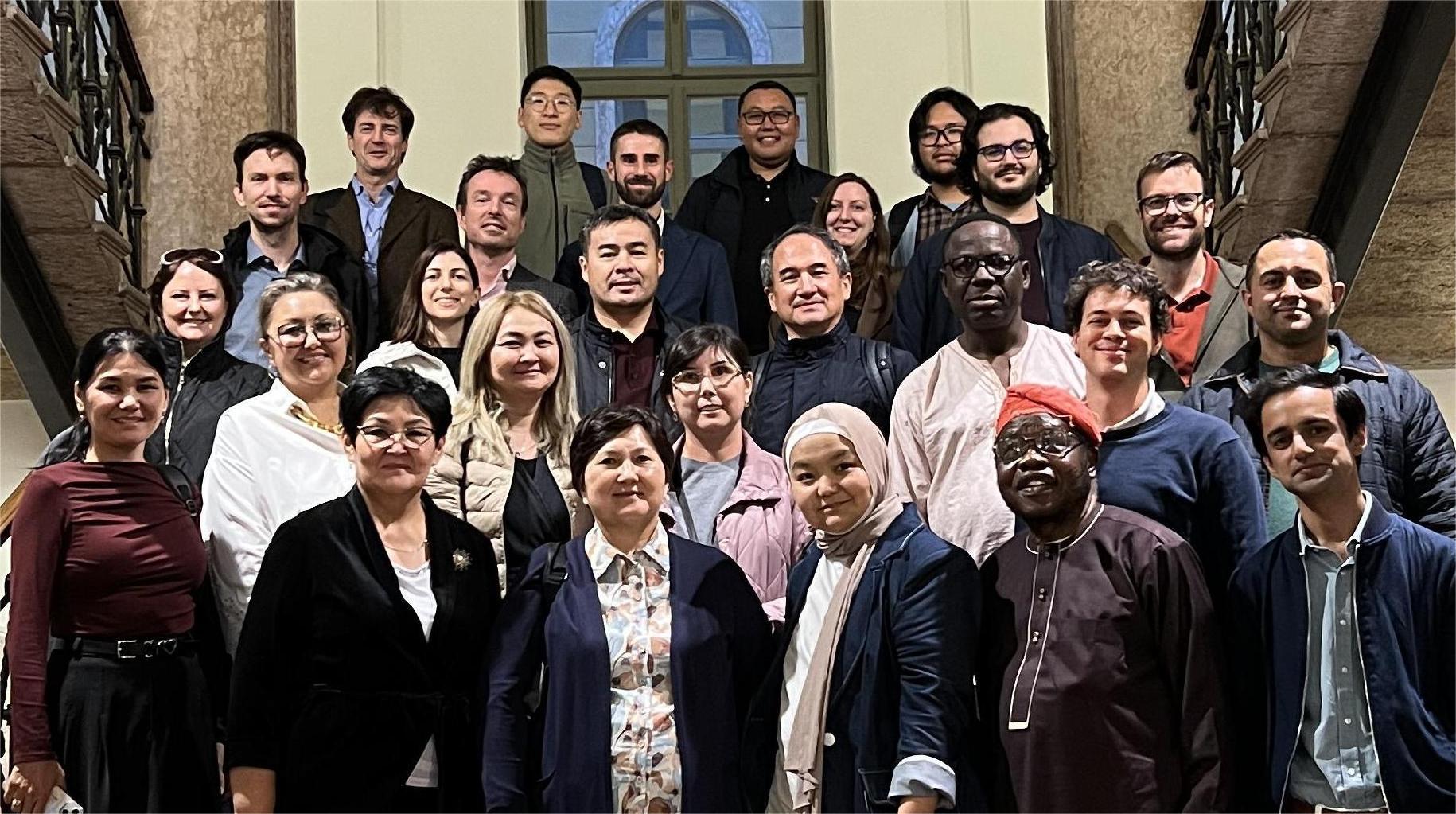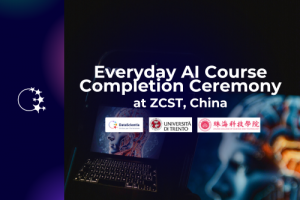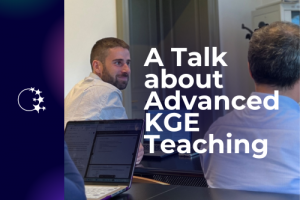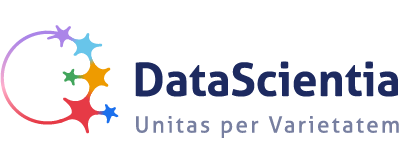
Interview: AI, Data Science, and Knowledge Graphs: Advancing Research and Education in Mongolia
- Posted by Tetiana Bihun
- Categories News
- Date January 14, 2025

This interview is part of our ongoing series that highlights the voices and stories of members from the DataScientia Community around the world. Through these conversations, we aim to showcase the individuals behind our initiatives and provide readers with a closer look at the diverse expertise and experiences that enrich our network. By sharing their insights, we celebrate their contributions and illustrate the collaborative and culturally diverse nature of our community.
In this edition, we talk with Amarsanaa about his work on knowledge graphs, the use of AI in education, and how digital transformation is unfolding in Mongolia through innovative projects and international collaboration. His story reflects the spirit of DataScientia — a community that connects individuals across cultures and disciplines, united by a shared commitment to advancing responsible and human-centered AI.

- Tetiana: Hello, Amarsanaa, it’s great to meet you! I know you’re actively involved in some exciting projects. Could you share what you’re currently working on?
-
Amarsanaa:
Yes, of course! Right now, we’re establishing double degree programs in collaboration with DCI and UNITEN, specifically in Computer Science for undergraduates. I also work closely with Simona Bocca, and one of my key research areas is knowledge graphs, semantic technologies, and ontologies. In addition, we’re developing a new “Everyday AI” course for the data science community and planning joint research initiatives. It’s all quite ambitious and exciting!
-
Tetiana: That sounds like a lot of great work ahead! You recently participated in DataShanta 2024. How did the event help foster collaborations or connect with potential partners?
- Amarsanaa: The event was incredibly valuable. We had lectures and talks and numerous discussions about potential collaborations. I met with Fausto, and we explored educational and research partnerships. Seeing the progress made by other partners, particularly from the 2023 DataScientia meeting, was inspiring. The DataShanta community’s collaboration towards common goals was genuinely motivating.
- Tetiana: Did you gain any new insights or approaches from the DataScientia 2024 event, particularly from participants in different regions?
-
Amarsanaa:
Yes, absolutely! One standout moment was Professor Jaana’s talk, during which I learned how they balance teaching with research. It was enlightening to see the full potential of AI in education. We also had a chance to explore the iLog case study, and I found the discussions on language exciting. Overall, the event helped me learn a lot about current trends and the future of AI.
- Tetiana: Looking ahead, how do you see the future of AI, especially with the rise of generative AI and neural networks? Do you find generative AI particularly challenging?
- Amarsanaa: Much like nuclear technology, I’m optimistic about AI, mainly when used responsibly. I’ve conducted some experiments in AI and neural networks, and the results have been promising. AI is developing quickly, and I believe it holds incredible potential for the future. It’s already making a significant impact, and I’m excited to see where it goes.
-
Tetiana: Can a data-centric community support Mongolia’s digitalization efforts, especially in higher education?
- Amarsanaa: Absolutely. We focus on three key areas: research, education, and innovation. At our university, we’ve integrated a data-centric approach by teaching knowledge graph engineering and encouraging students to work on innovative projects. This creates a bridge between academic knowledge and industry application. Over time, we believe this will foster digital transformation in Mongolia, with students learning cutting-edge technologies like knowledge graphs, which they can bring into the industry upon graduation.
- Tetiana: How do you see knowledge graphs playing a role in organizing information? How would you explain their significance to someone unfamiliar with the concept?
- Amarsanaa: Knowledge graphs are a transformative technology that helps organize data by creating connections between different pieces of information. Imagine a web of data where each node represents a concept, and the edges between them represent relationships. Knowledge graphs allow for more efficient data querying, analysis, and decision-making. As interest in knowledge graphs grows, we aim to promote their use through academic courses and innovative projects in Mongolia.
-
Tetiana: What excites you most about working with knowledge graphs?
- Amarsanaa: Knowledge graphs are an advanced technology with the potential to unlock high-quality data and applications. They’re essential for AI, as good data drives powerful AI models. I’m particularly excited about the future of knowledge graphs in data science and AI applications, and I’m looking forward to exploring this space more.
-
Tetiana: Is there a particular project or aspect of knowledge graphs you’ve worked on that you found especially rewarding?
- Amarsanaa: One of the projects I’m most proud of is building Mongolian language resources, including the Mongolian WordNet. We made this lexical data freely available with an open license, which I believe will have a significant impact. Another exciting project was my involvement in the European DaVinit project, where I worked with a highly skilled international consortium. These experiences have been professionally fulfilling and have allowed me to contribute meaningfully to the field.
-
Tetiana: Thank you so much for sharing your insights today, Amarsanaa. It’s been a pleasure to hear about your work and the exciting projects you lead.
-
Amarsanaa:
Thank you, Tetiana. It was a pleasure speaking with you. Have a wonderful day!
We hope Amarsanaa’s story gave you a meaningful glimpse into the strength and diversity of our global community. Stay tuned as we continue to share more experiences from DataScientia members who are contributing to the advancement of AI for the benefit of society!
Keywords: graph neural networks, knowledge representation, complex data, AI, machine learning, knowledge graphs, data relationships, large datasets, global collaborations, Data Scientia, data sharing, data visualization, interrelated data.

────────────────
Tetiana Bihun
Author, Content Creator
Tag:LiveData, LiveKnowledge, LivePeople
You may also like

AI4Everyone Erasmus+ Project Kicks Off in Nicosia

Everyday AI Course Completion Ceremony Held in Zhuhai, China


